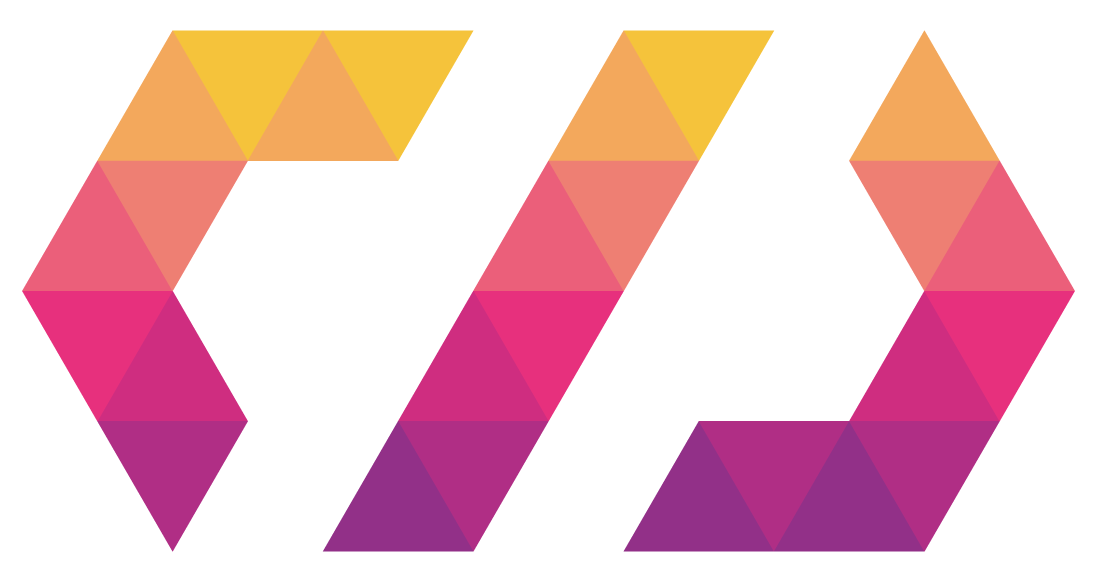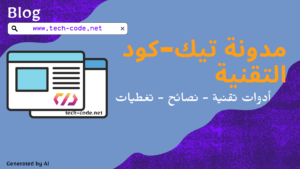Introduction
In today’s rapidly evolving digital world, mobile applications have become an integral part of our daily lives. Whether it be for shopping, social networking, entertainment, or productivity, mobile apps have revolutionized the way we interact with technology. With the growing demand for high-quality, user-friendly mobile apps, developers are constantly seeking innovative tools and frameworks to streamline the app development process.
One of the most popular frameworks for building cross-platform mobile applications is Flutter. Flutter is an open-source UI software development kit created by Google, which allows developers to build high-performance, native mobile apps for iOS and Android from a single codebase. With its customizable widgets, hot reload feature, and fast rendering capabilities, Flutter has gained significant popularity among developers.
Another essential tool for mobile app development is the Provider package. Provider is a state management solution for Flutter applications, which simplifies the management of app state and data flow. By using Provider, developers can easily share and update data between different screens and widgets, improving the overall user experience of their mobile apps.
Developing Mobile Apps with Flutter and Provider
When it comes to developing mobile apps with Flutter and Provider, there are several key steps that developers need to follow in order to create a successful and efficient application. Here are some tips and best practices for developing mobile apps with Flutter and Provider:
1. Setting up the Development Environment
Before starting to develop a mobile app with Flutter and Provider, developers need to set up their development environment. This includes installing Flutter SDK, Android Studio (or any other preferred IDE), and any necessary plugins or dependencies. By following the official Flutter installation guide, developers can quickly set up their development environment and start building their mobile app.
2. Creating the Project Structure
Once the development environment is set up, developers need to create the project structure for their mobile app. This includes organizing folders and files, defining the app’s main.dart file, and configuring the necessary dependencies and plugins. By organizing the project structure effectively, developers can easily manage and maintain their codebase throughout the app development process.
3. Implementing UI Design with Flutter
One of the key advantages of using Flutter for mobile app development is its extensive set of customizable widgets and components. Developers can leverage Flutter’s rich library of UI elements to create sleek and attractive user interfaces for their mobile apps. By designing and implementing UI layouts with Flutter, developers can ensure a visually appealing and user-friendly experience for app users.
4. Managing State with Provider
In order to manage state and data flow in Flutter applications, developers can use the Provider package. Provider allows developers to share and update data between different widgets and screens without the need for complex state management solutions. By using Provider, developers can improve the performance and efficiency of their mobile apps, ensuring seamless data communication and interaction.
5. Testing and Debugging
Testing and debugging are essential steps in the mobile app development process. Developers need to thoroughly test their app’s functionality, performance, and user experience to identify and fix any issues or bugs. By using Flutter’s built-in testing tools and debugging features, developers can ensure the quality and reliability of their mobile apps before deployment.
6. Deployment and Distribution
Once the mobile app is fully developed and tested, developers can proceed with the deployment and distribution process. By following the official Flutter documentation for deployment, developers can generate APKs for Android and IPAs for iOS, and publish their mobile app to the Google Play Store and Apple App Store. By effectively managing the deployment and distribution process, developers can reach a wider audience and maximize the success of their mobile app.
Conclusion
In conclusion, developing mobile apps with Flutter and Provider offers a powerful and efficient solution for creating high-quality, cross-platform applications. By following best practices and leveraging the capabilities of Flutter and Provider, developers can build sleek, user-friendly mobile apps that meet the demands of today’s tech-savvy consumers. With its customizable widgets, hot reload feature, and state management capabilities, Flutter and Provider provide a comprehensive toolkit for mobile app development. By mastering these tools and techniques, developers can create innovative and successful mobile apps that stand out in the competitive app market.



